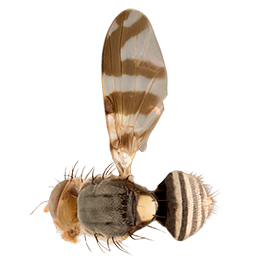Diagnosis
Morphological – adult
Overall body colour predominantly black with yellow scutellum. Abdomen with pale/white transverse bands. Rhagoletis species are diagnosed primarily on wing patterns. The wing of R. cingulata possesses a broad dark fuscous band from anterior margin to hind margin in centre of wing, an inverted ‘U’-shaped dark fuscous pattern across apex and apex of R4+5; may be connected or disconnected to main band. Accessory band is absent.
Morphological – larvae
See Pest Fruit Flies of the World – Larvae.
Molecular
DNA barcoding
BOLD reference data available.
PCR-RFLP Test 1
BsrI: Data not available
HinfI: Data not available
HhaI: Data not available
Sau3AI: Data not available
SnaBI: Data not available
SspI: Data not available
Vspl: Data not available
PCR-RFLP Test 2
Data not available
Gallery
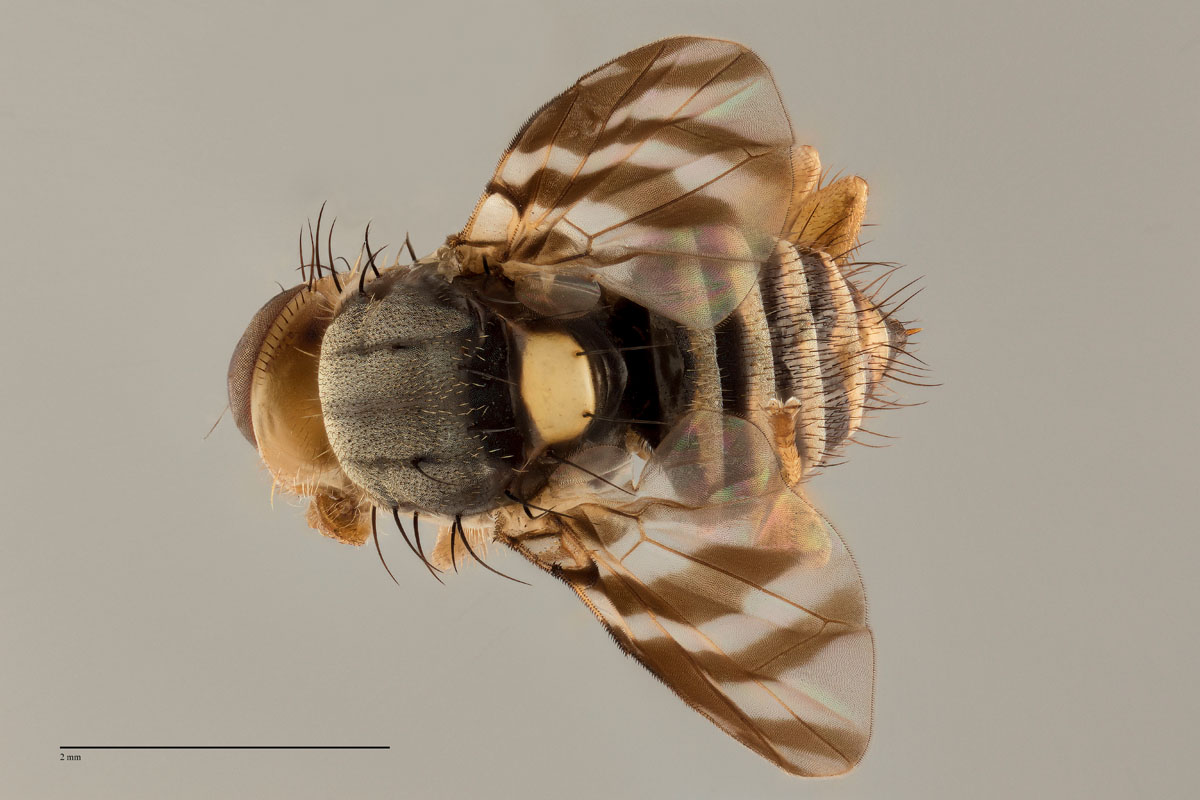 link
linkRhagoletis cingulata - Entire Body Dorsal Classic CIN001
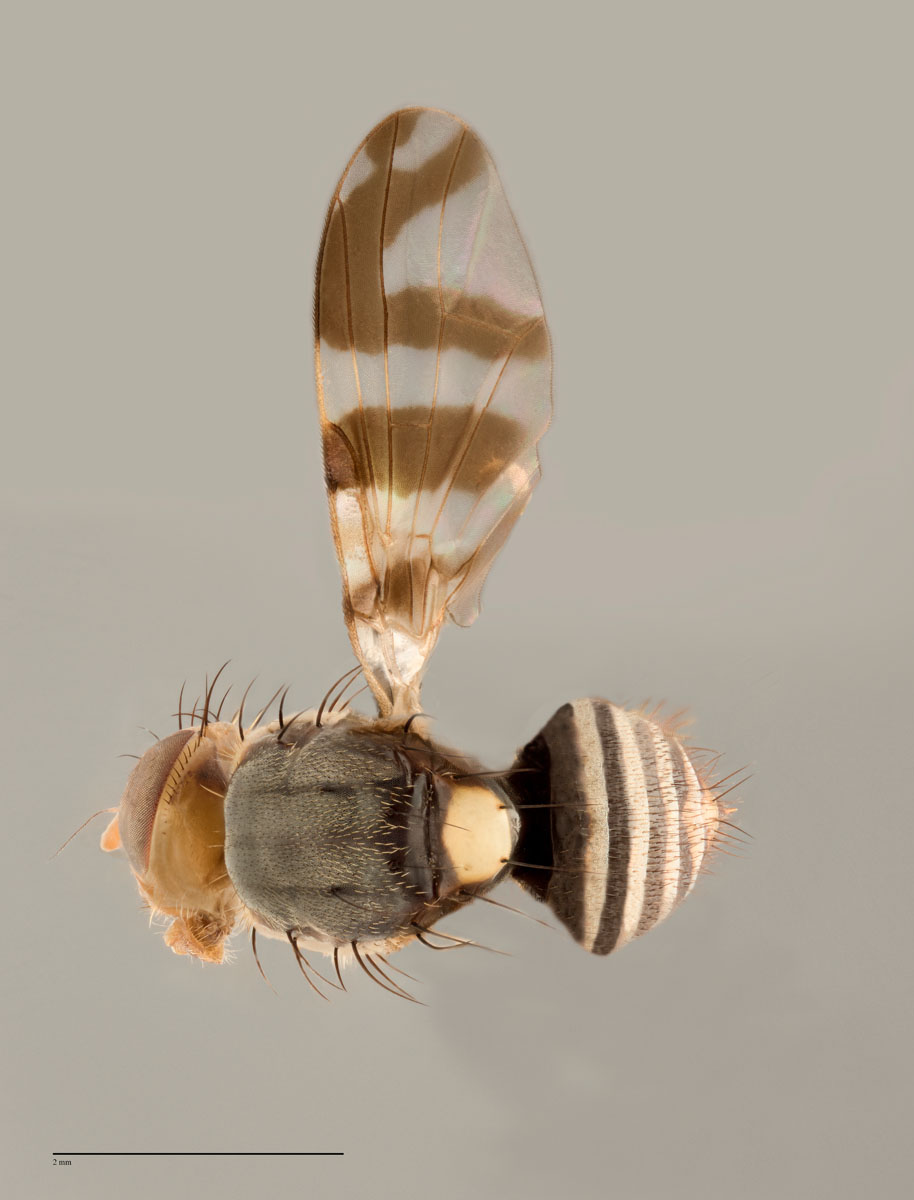 link
linkRhagoletis cingulata - Entire Body Dorsal Classic
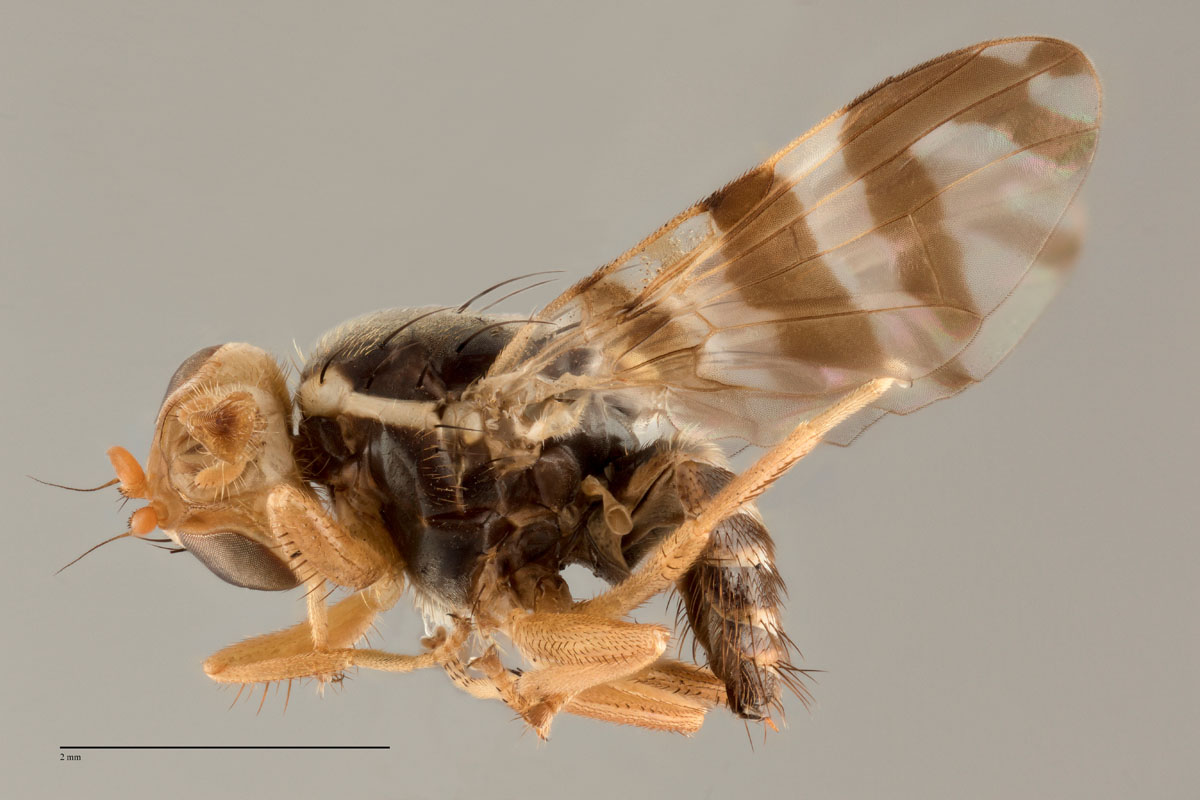 link
linkRhagoletis cingulata - Entire Body Lateral Classic CIN001
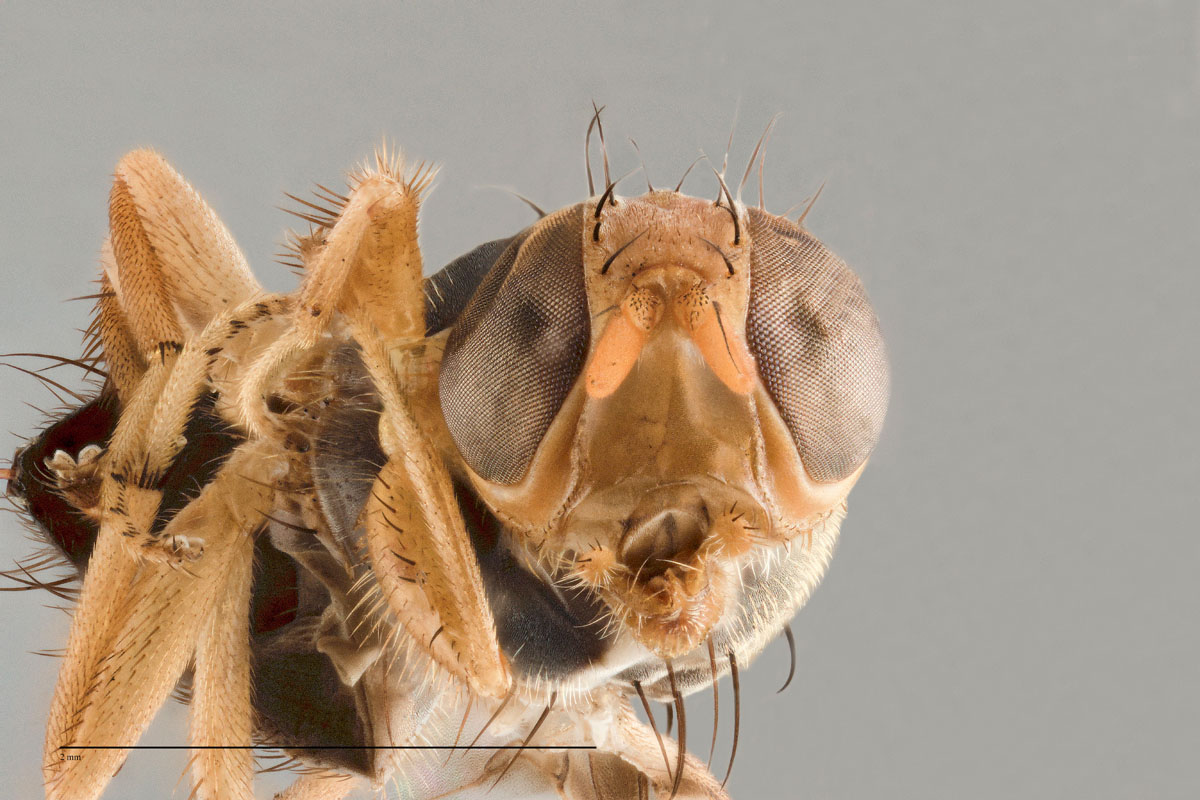 link
linkRhagoletis cingulata - Head Classic CIN001
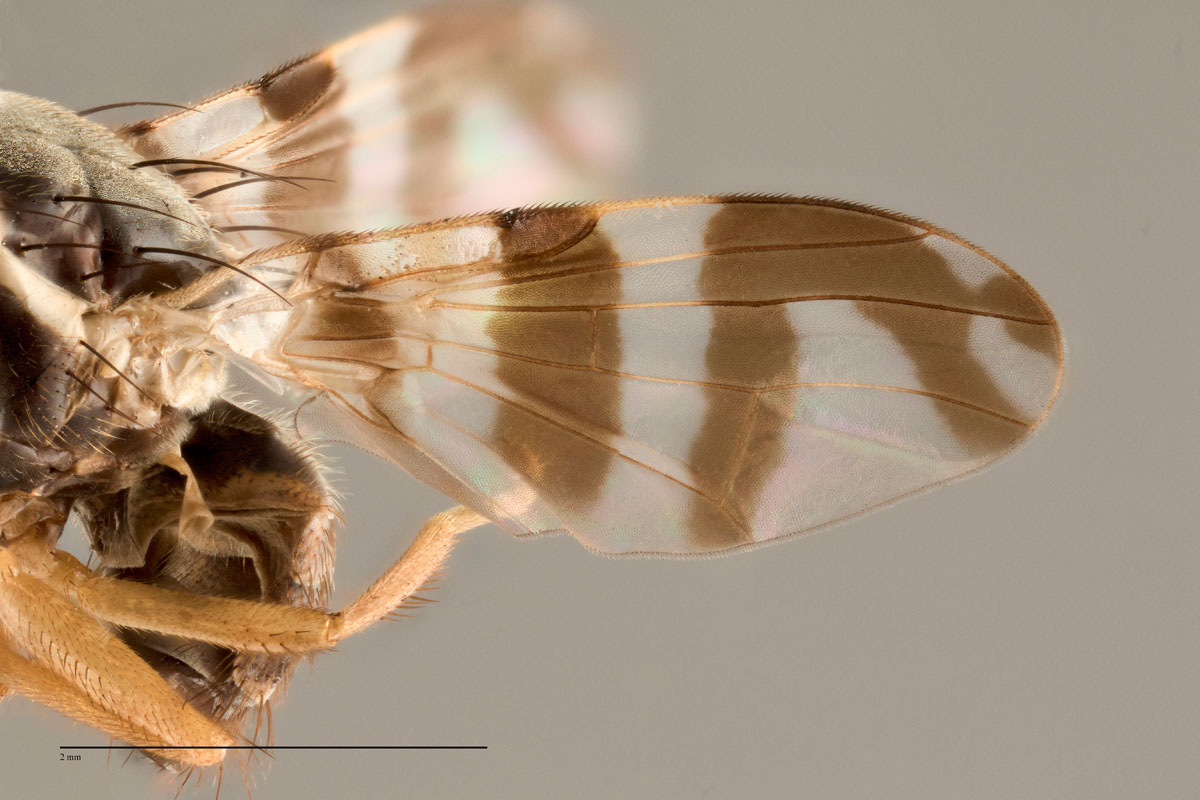 link
linkRhagoletis cingulata - Wing Classic CIN001
Host Range
A significant pest in commercial cherries in the eastern half of USA, attacking Prunus cerasus (sour cherry), Prunus avium (sweet cherry) and Prunus serotina (black cherry).
Distribution
North America
Native to North America.
Distribution in the USA is widespread, but this species is absent from several states; the map as presented does not represent true geographic distributions within the USA.
Present in Canada (Ontario, Quebec), northern and central Mexico, eastern USA
Europe
Austria, Belgium, Britain, Croatia, Czech Republic, France, Germany, Hungary, Italy, Netherlands, Poland, Slovenia, Switzerland
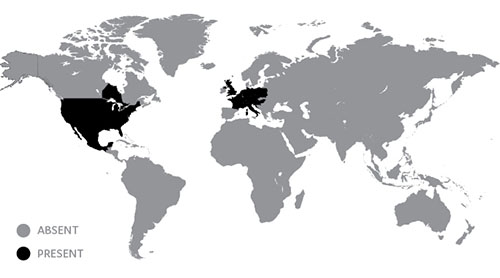
Similar species
Rhagoletis cingulata is morphologically close to Rhagoletis indifferens, both species belonging to the cingulata species group. R. cingulata has fore coxa yellow, anterior apical crossband on wing often reduced to an isolated spot (the stipple in the drawing shows possible joined condition); R. indifferens has fore coxa shaded black on posterior surface, anterior apical crossband rarely reduced to an isolated spot (CABI).
Pest Status
- Exotic
- A significant pest of cherries in USA
Attractant/Lure
No known species.
